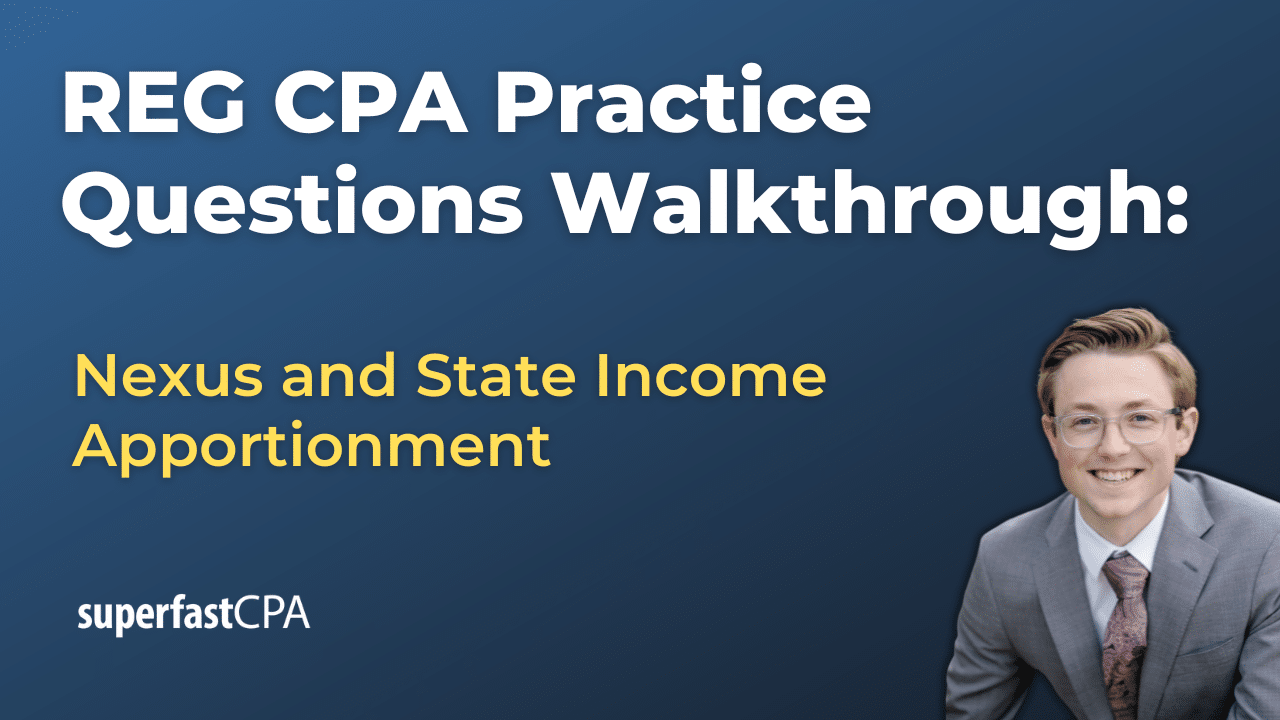Activity Based Costing
Activity-Based Costing (ABC) is an accounting method that identifies and assigns the costs of various activities to the products or services those activities support. The primary goal of ABC is to provide a more accurate understanding of the actual costs associated with producing a specific product or delivering a service, taking into consideration the resources used by individual activities.
In traditional costing methods, overhead costs are usually allocated based on a single factor, such as labor hours or machine hours, which may not accurately reflect the actual resource consumption of each product or service. ABC, on the other hand, focuses on identifying the cost drivers (activities) that consume resources and then assigns the costs of those activities to the products or services based on their actual usage.
The process of implementing Activity-Based Costing involves the following steps:
- Identify the key activities involved in the production or service delivery process.
- Assign costs to each activity.
- Determine the cost drivers for each activity, i.e., the factors that drive the consumption of resources by the activity.
- Collect data on the actual usage of cost drivers for each product or service.
- Calculate the cost of each product or service by assigning the costs of the activities based on their actual usage.
ABC provides a more accurate view of the cost structure, which can help businesses make better-informed decisions on pricing, product mix, and resource allocation. However, it can be more complex and time-consuming to implement compared to traditional costing methods.
Example of an Activity Based Costing
Let’s consider a fictional company that manufactures two types of widgets: Widget A and Widget B. The company uses traditional costing methods to allocate its overhead costs based on direct labor hours. However, management suspects that this method is not accurately capturing the true costs of producing each widget type.
To get a clearer picture, the company decides to implement Activity-Based Costing (ABC). They identify the following key activities involved in the production process:
- Material procurement
- Machine setup
- Production
- Quality control
- Packaging
Now, they assign costs to each activity:
- Material procurement: $50,000
- Machine setup: $40,000
- Production: $100,000
- Quality control: $30,000
- Packaging: $20,000
The company then identifies the cost drivers for each activity:
- Material procurement: Number of purchase orders
- Machine setup: Number of setups
- Production: Machine hours
- Quality control: Number of inspections
- Packaging: Number of packages
After collecting data on the actual usage of cost drivers for each widget type, they find the following:
- Widget A: 100 purchase orders, 80 setups, 1,000 machine hours, 400 inspections, and 800 packages.
- Widget B: 50 purchase orders, 40 setups, 2,000 machine hours, 200 inspections, and 400 packages.
Using ABC, the company can now allocate the costs of each activity to the widget types based on their actual usage:
Widget A:
- Material procurement: $50,000 * (100/150) = $33,333
- Machine setup: $40,000 * (80/120) = $26,667
- Production: $100,000 * (1,000/3,000) = $33,333
- Quality control: $30,000 * (400/600) = $20,000
- Packaging: $20,000 * (800/1,200) = $13,333
Total cost for Widget A: $126,666
Widget B:
- Material procurement: $50,000 * (50/150) = $16,667
- Machine setup: $40,000 * (40/120) = $13,333
- Production: $100,000 * (2,000/3,000) = $66,667
- Quality control: $30,000 * (200/600) = $10,000
- Packaging: $20,000 * (400/1,200) = $6,667
Total cost for Widget B: $113,334
By using Activity-Based Costing, the company can now see that the actual costs associated with producing each widget type are different from what was previously calculated using traditional costing methods. This information can help them make better decisions on pricing, product mix, and resource allocation.













